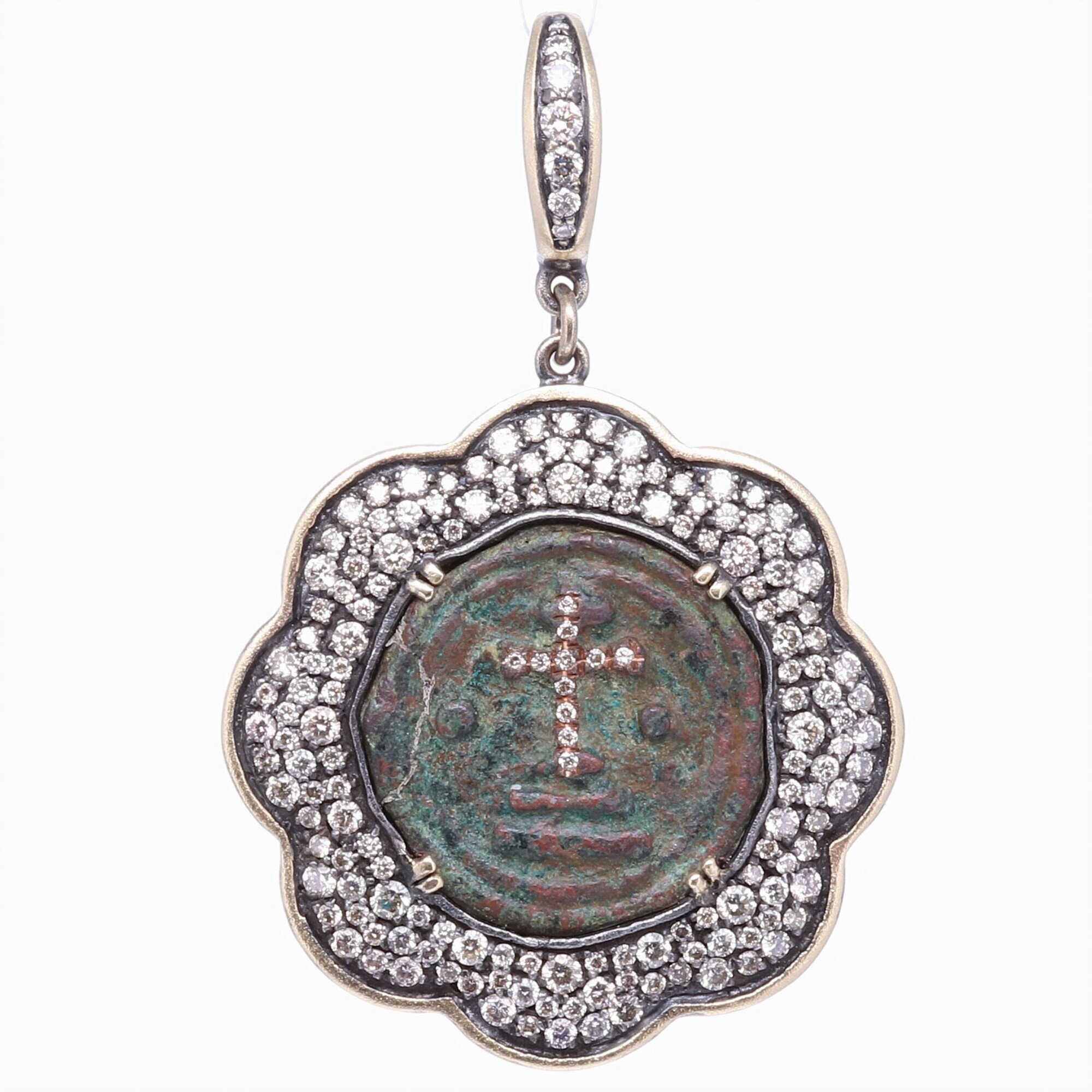The coinage of the Byzantine Empire functioned as a convenient method of payment for goods and services, especially to soldiers and officials, and as a means for people to pay their taxes. Byzantine currency, used in the Eastern Roman Empire after the fall of the West, consisted of mainly two types of coins: the gold solidus and a variety of clearly valued bronze coins. On the front of early Byzantine coins was the head of the Emperor, now full face rather than in profile, and on the reverse, usually a Christian symbol such as the cross, or a Victory or an angel (the two tending to merge into one another). By the end of the empire the currency was issued only in silver and minor copper coins.
Product#: ECL2545
